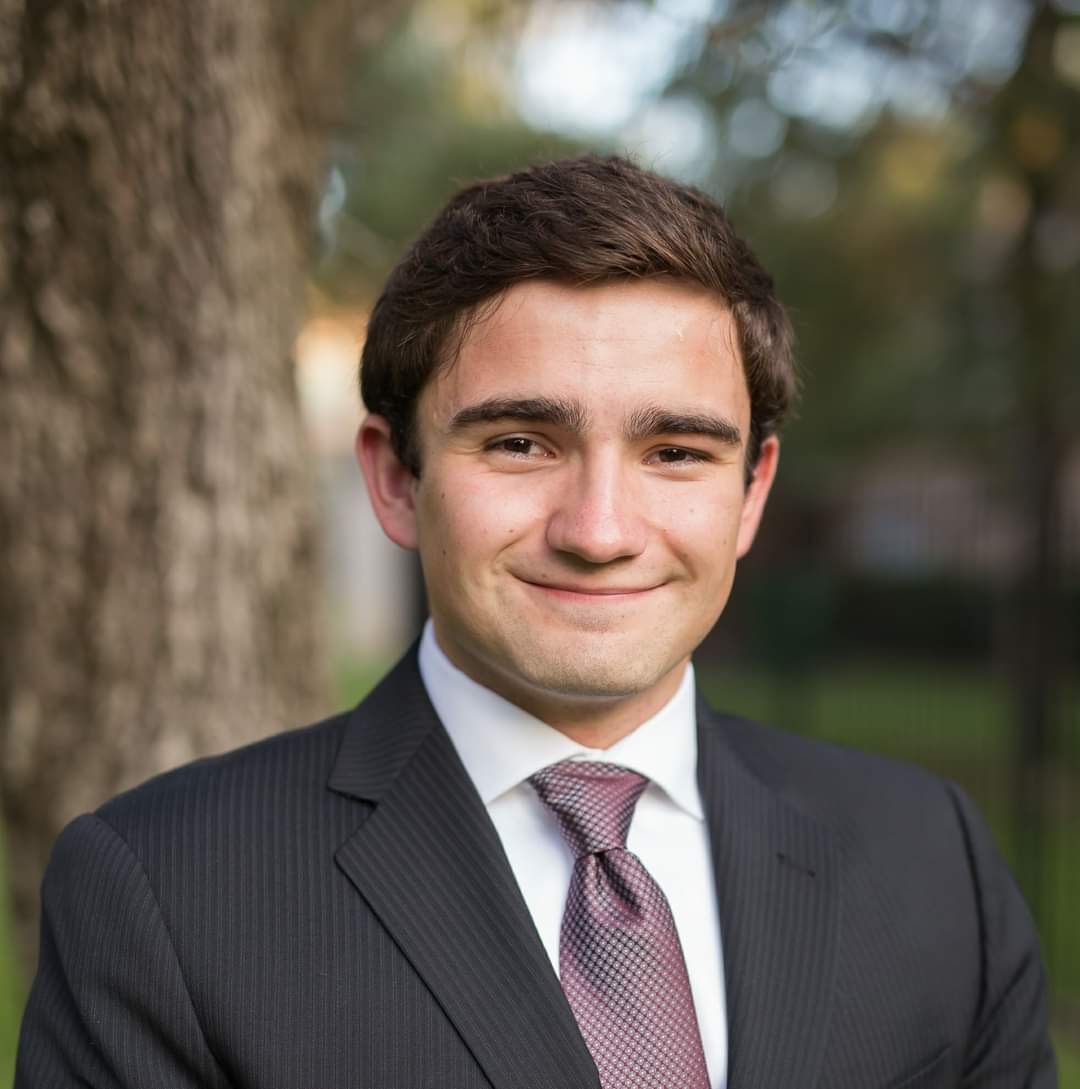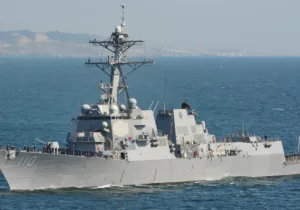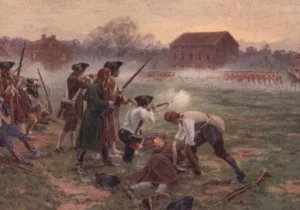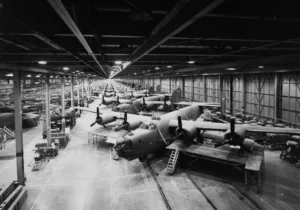Ideas give shape to reality when they reside in the heads of powerful people. On June 23, General Mark Milley, the chairman of the Joint Chiefs of Staff and highest-ranking officer in the United States military, testified before the US House of Representatives’ Armed Services Committee. Typically, a congressional hearing entitled “The Fiscal Year 2022 National Defense Authorization Budget Request from the Department of Defense” would have trouble holding the attention of its own committee members, let alone the general public. However, Chairman Milley’s response to Representative Matt Gaetz (R-FL) on the subject of critical race theory in the United States military managed to capture the national consciousness. The chairman’s comments embracing the taxonomy of critical race theory as explanatory categories are dangerous because he is powerful. If critical race theory is cultivated in the consciences of our armed service members and instantiated in US military doctrine, unit cohesion and morale will be undermined, and we will be less safe.
Let me be unequivocally clear: Chairman Milley’s remarks to Congress embraced critical race theory, not simply as an academic interest, but as a philosophy that finds true correspondence in reality. The chairman’s defenders argue his comments come as a defense of academic freedom, arguing that we should stop listening to Milley after his comment that armed service members should be “open minded and widely read.” If this is all the general said on the subject, then I would agree with them and with Chairman Milley that it is good to engage critical minds with a diversity of academic perspectives, especially in a university context such as the United States Military Academy at West Point. But this is not all that Milley said on the subject. He goes on to say, “I want to understand white rage, and I’m white. What is it that caused thousands of people to assault [the Capitol building] and try to overturn the Constitution of the United States of America? What is wrong with having some situational understanding about the country we are here to defend?” This litany of rhetorical questions betrays Milley’s true convictions on the question. The chairman speaks of “white rage”—a term coined by Carol Anderson, a critical race scholar at Emory University. In her book, helpfully titled White Rage, Anderson argues that this phenomenon has “undermined democracy [and] warped the Constitution.” These sentiments seem to have resonated with Chairman Milley because he understands the mob that breached the US Capitol on January 6 to be a manifestation of “white rage.” For Milley, critical theory is not academic; it is a lived reality and workable lens through which he views society.
Chairman Milley is not the first among the US military’s top brass to endorse critical race theory. Admiral Michael Gilday, chief of US naval operations, placed Ibram X. Kendi’s How to Be an Antiracist on a suggested reading list for US sailors. Kendi’s project is an intentionally secular operationalization of James Cone’s “liberation theology.” Cone believed “the liberation of black people is God’s liberation;” he reframed the gospel of Jesus Christ to target the black condition. What Cone undertakes as a theological mission, Kendi secularizes into a policy program. His book assumes a “racialized world” in which every institution of American society—including the US military—is arrested by “white privilege” and posits “the only remedy to racist discrimination is antiracist discrimination.” How to Be an Antiracist is critical race theory and commended by Admiral Gilday as “foundational” reading for American sailors.
As noted above, of primary concern here is not that General Milley and Admiral Gilday hold views consistent with critical race theory; the problem is that their ideas have tangible consequences in the real world by virtue of each man’s powerful position within the hierarchy of the American armed forces. It matters when the chairman of the Joint Chiefs of Staff expresses his belief that the assault on the US Capitol was a manifestation of “white rage” in the midst of an internal military investigation into extremism related to the events of January 6. And when Admiral Gilday places a book on the Chief of Naval Operations Professional Reading Program list, a copy of it is made available to every servicemember in the US Navy. The consciences of these men govern military policy and culture, so it matters which ideologies calibrate them.
More than meddling in an ongoing investigation and worse than the recommendation of a bad book, the instantiation of critical race theory in the culture of the US military is a threat to national security. Recoding brothers in arms as “oppressor” and “oppressed,” acculturated critical race theory undermines unit cohesion. Rebranding the American experiment as a vehicle of oppression, acculturated critical race theory saps unit morale. Insofar as unit cohesion and morale form the cornerstone of America’s defense readiness posture and fighting capability, critical race theory strikes at the heart of the US military. At a time when China is pledging to immanentize “complete reunification” with Taiwan and the Taliban is overrunning Afghan National Security Forces, it is dangerous to open up fissures in US military culture.
As cultural and political divides roil the social fabric of the nation, what is needed is a revival of institutional gratitude within the armed forces. This institutional culture of gratitude must start at the top, but leaders like Chairman Milley and Admiral Gilday are seeding ingratitude through their public promotion of critical race theory. Critical race theorists are not wrong when they help us remember with precision the social sins of the nation—particularly as it pertains to the treatment of people of color. Critical race theorists err when they forget the good this nation has done, that the same nation which gave rise to Jim Crow gave birth to Abraham Lincoln and Martin Luther King Jr. The men and women of the armed forces need to remember that they serve and sacrifice for a worthy cause. Why would anyone want to fight for the bad guys?






